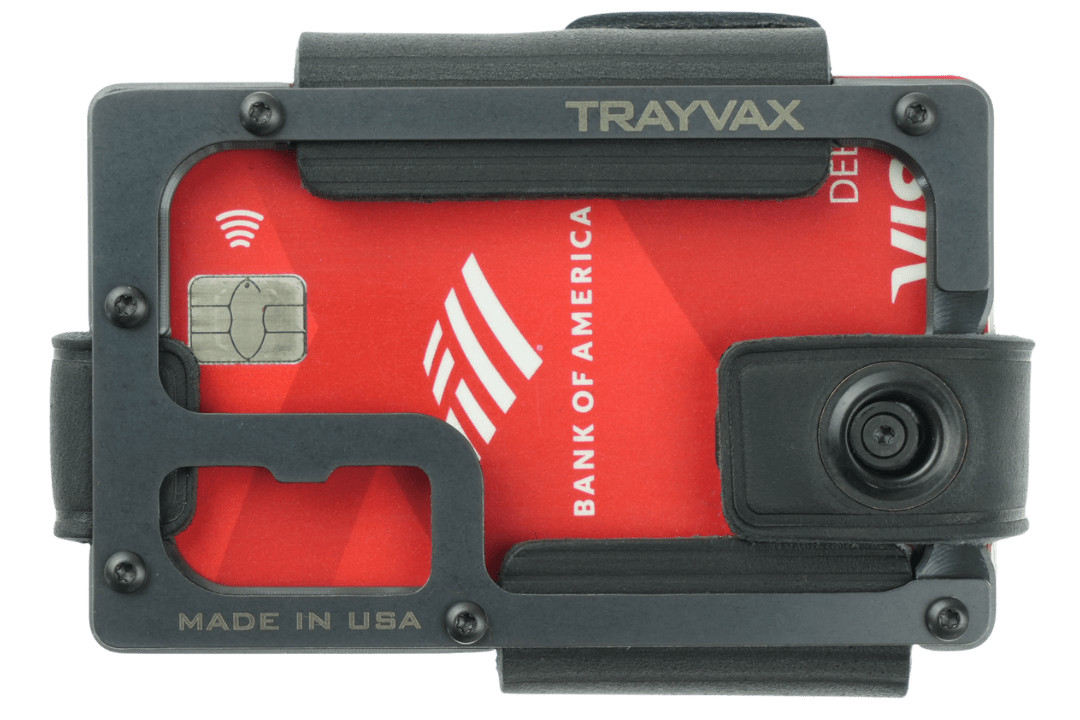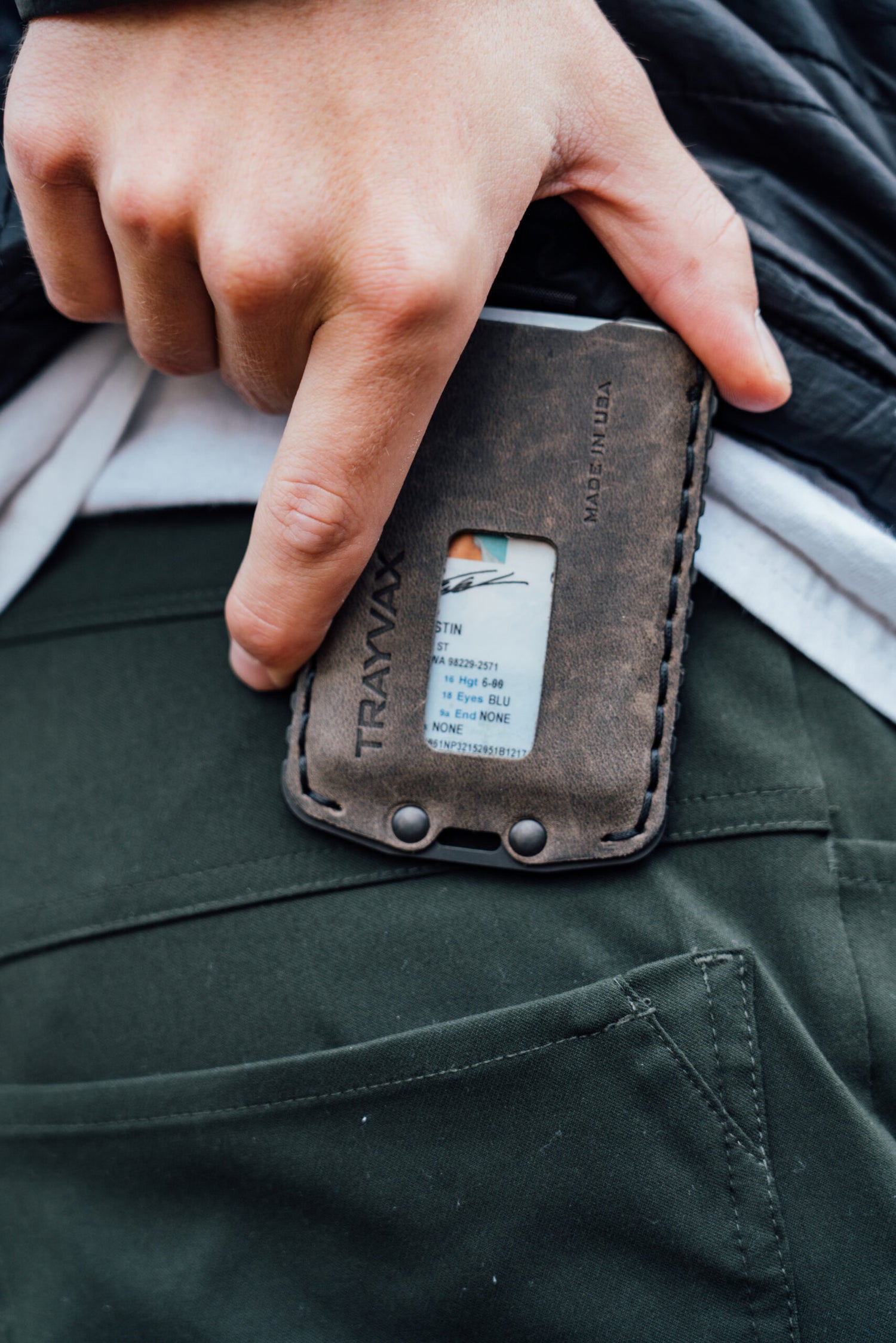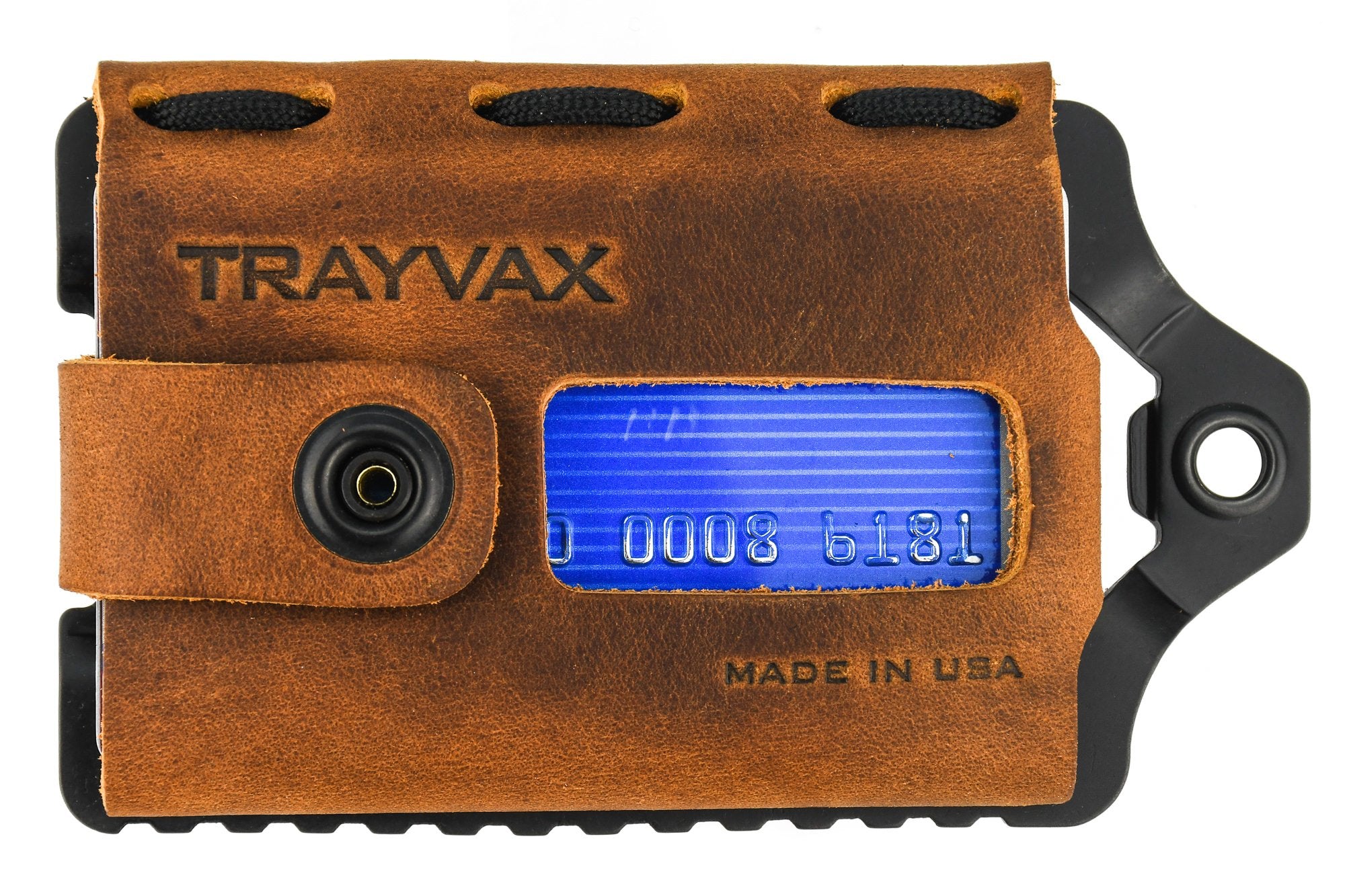Most people are familiar with plastic bottles dominantly used for water, like the Nalgene 32oz Water Bottle. But glass bottles have a variety of many uses including packaging water, beer, wine, soda, medicine, and so much more.
The glass bottle is a long-standing tradition for many beverages. For centuries, manufacturers have been using it to package everything from soda to wine to beer. In the last century, most of these bottles were manufactured by hand and with a limited number of machines. However, as this industry has evolved, so have the engineering innovations that power it.

In this post, we’ll explore the major innovations that have shaped how we package our drinks today. These include the invention of the glass-blowing machine in 1850 to an innovative new technology called high-speed blow-molding that’s shaping the future of glass bottles.
The Invention Of The Glass-Blowing Machine
Just like the world of fashion and aesthetics has grown to provide RFID steel wallets, glass bottles have come a long way too. The first major innovation that shaped how we package our drinks was the invention of the glass-blowing machine in 1850. Before this, bottles were made by hand and with a limited number of machines. Consequently, many manufacturers found it difficult to keep up with demand and had to manually move bottles from one machine to another for each stage of production.
The first glass-blowing machine allowed manufacturers to produce bottles without the need for manual labor. This ensured that more manufacturers could meet increased demand and created a new industry that is now responsible for 90 percent of all beverage packaging.
This innovation has helped shape how we package our drinks because it increased availability and set the precedent for automation in manufacturing. Now, nearly every process in manufacturing can be done automatically through machinery like this one.
The Automatic Bottle Molding Machine
In the 1930s, an inventor named Earl L. Tupper created a machine that would revolutionize the way we package food and drinks. It was called an automatic bottle molding machine and it could produce up to 160 bottles per minute.
This innovation had many advantages over traditional glass-blowing methods: The machine could make bottles of more uniform size and shape, and it didn't require as much skill on the part of the glassblower.
The first commercial automatic bottle-molding machine was installed in 1936 at a Coca-Cola plant in Terre Haute, Indiana. This invention allowed for greater production rates and was instrumental in making glass bottles an affordable option for companies that needed to package their products in them.
Nowadays, almost all automatic bottle machines are made by just one company: Owens-Illinois, which produces as many as 800 million bottles every year using this technology!
Compressed air blow-molding
Blow molding is a long-standing technique for crafting glass bottles. However, this process requires the use of large amounts of compressed air. As manufacturers produce more bottles--and more complex ones at that--the need for higher pressures has made this old technique less efficient.
Enter high-speed blow-molding, which has brought new life to the industry by making it possible to create bottles with greater complexity and detail without any additional air pressure. This process uses heat and tremendous pressure to create an elegant object in just one step.
Manufacturers are eager to adopt these new machines because they will be able to make far more intricate shapes with far less labor than before. This means they'll be able to offer their customers a variety of different packaging options while still reducing costs.

As the fashion industry advances to some of the best front pocket wallets made using metals like titanium, the glass technology also keeps advancing.
High-speed blow-molding
This is yet another excellent glass engineering technique that brought great strides in glass packaging. The. Normally, glass-blowing machines take days to produce a single bottle. But thanks to high-speed blow-molding, you can create one in minutes!
High-speed blow-molding is a technology that will let manufacturers turn out an infinite number of bottles quickly and with little effort. It has even been used by Coca-Cola for its iconic bottled water product Dasani.
high-speed blow-molding consists of two lengths of plastic tubing and a mold—all under pressure and at high speeds. The machine creates the shape of the bottle you want by blowing air into the plastic tubes and they expand to form the desired shape before they cool down. That's right—you can make glass bottles without ever heating any glass!
This cutting-edge technique offers big benefits for manufacturers like improved efficiency, reduced costs, and reduced energy use. It will also allow for better customization of your glass bottles to meet your needs.
Vacuum metalizing
The vacuum metalizing process starts with a sheet of metal that is then coated with a thin layer of metal. The coating can then be finished in any color or pattern. This technology was invented in the 1930s and has been used ever since.
Vacuum metalizing is often used on beverage bottles because it creates a protective layer over the glass. It protects the drink from the bottle\'s surroundings, which can include water, sunlight, air, or other liquids. The coating also helps prevent stains from forming on the inside of the bottle and improves the aesthetic appeal of the packaging.
Conclusion
If you’re a fashion enthusiast and subscribe to new trends, you’ll appreciate the strides that the glass engineering process has achieved. As you shop for black cinch belts to accessorize your outfit, adopting glass bottles for drinking water gives you peace of mind that you are free from possible side effects that come with the use of PET plastic bottles.



























































Leave a comment
All comments are moderated before being published.
This site is protected by hCaptcha and the hCaptcha Privacy Policy and Terms of Service apply.